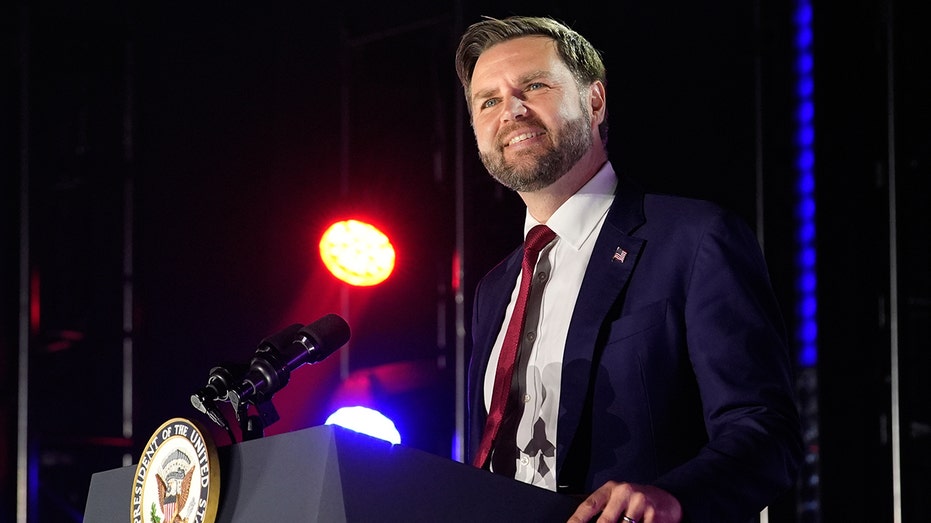A chilling echo of the Cold War reverberated across the globe Wednesday night. From South Korea, former President Donald Trump declared he has directed the Department of War to “immediately” resume testing of American nuclear weapons – a practice halted since 1992. The announcement wasn’t delivered in a formal address, but through a post on a social media platform, instantly escalating tensions and raising profound questions about the future of global security.
The timing of Trump’s statement was particularly stark. It arrived just before a scheduled meeting with Chinese President Xi Jinping, and followed closely on the heels of Russian President Vladimir Putin’s boastful claims of successful tests of a new nuclear-powered cruise missile and an undetectable underwater drone. Putin described the underwater drone, dubbed “Poseidon,” as capable of unleashing a devastating radioactive tsunami, a weapon designed for coastal annihilation.
Trump framed his decision as a response to the actions of other nations, asserting the United States possesses the largest and most advanced nuclear arsenal in the world. He claimed a complete modernization occurred during his first term, a renovation he admitted he “hated to do,” yet felt compelled to undertake. He warned that while Russia currently holds the second-largest stockpile, China is rapidly closing the gap.

The specter of nuclear escalation isn’t new. Putin’s recent pronouncements were explicitly linked to the ongoing conflict in Ukraine, a clear signal to the United States that Russia remains resolute in its demands. He highlighted the “Poseidon” drone’s unmatched speed and depth, and its warhead’s power exceeding even Russia’s most formidable intercontinental ballistic missile. This wasn’t simply a demonstration of capability; it was a calculated message.
Prior to the announcement, Trump had already signaled a willingness to confront the issue directly with Putin. Aboard Air Force One earlier this week, he reminded reporters of America’s own nuclear strength, specifically referencing a nuclear submarine positioned near Russian shores. He asserted the U.S. wasn’t “playing games,” but also urged Putin to focus on ending the protracted war in Ukraine.
The potential shift in U.S. policy wasn’t a sudden impulse. A close advisor to Trump, former National Security Advisor Robert C. O’Brien, had publicly advocated for resuming nuclear weapons testing as early as last year, arguing that real-world tests are crucial for ensuring reliability and safety. This call for action underscored a growing concern about maintaining the effectiveness of the American nuclear deterrent in a rapidly changing global landscape.

For three decades, the United States has adhered to a voluntary moratorium on explosive nuclear testing, relying instead on a program called Science-Based Stockpile Stewardship to maintain confidence in its arsenal. However, some analysts have warned that the development of new warhead designs could inevitably lead to demands for a return to live testing. The debate over whether to break the decades-long silence has been simmering beneath the surface for years.
The history of U.S. nuclear testing is a sobering one. Between 1945 and 1992, the United States conducted 1,054 explosive tests, the majority at the Nevada National Security Site. These tests, while contributing to national security, left a lasting environmental and health legacy, prompting a congressional program to compensate affected individuals and remediate contaminated areas. The decision to resume testing would reopen these old wounds and raise new ethical concerns.
The United States is bound by several international treaties limiting nuclear tests, including the Limited Test Ban Treaty of 1963, which prohibits explosions in the atmosphere, outer space, and underwater, and the Threshold Test Ban Treaty of 1974, which limits underground tests to 150 kilotons. While these treaties don’t entirely prevent testing, they impose significant constraints. Trump’s directive throws the future of these agreements into question.
The Hatfield-Exon-Mitchell Amendment, passed by Congress in 1992, established a temporary moratorium on underground testing, lifting the ban only if another nation were to conduct a test first. Several countries *have* tested since 1996, technically removing the legal barrier. Now, with Russia’s recent demonstrations and Trump’s forceful response, the world stands on the precipice of a new and dangerous era in nuclear strategy.





